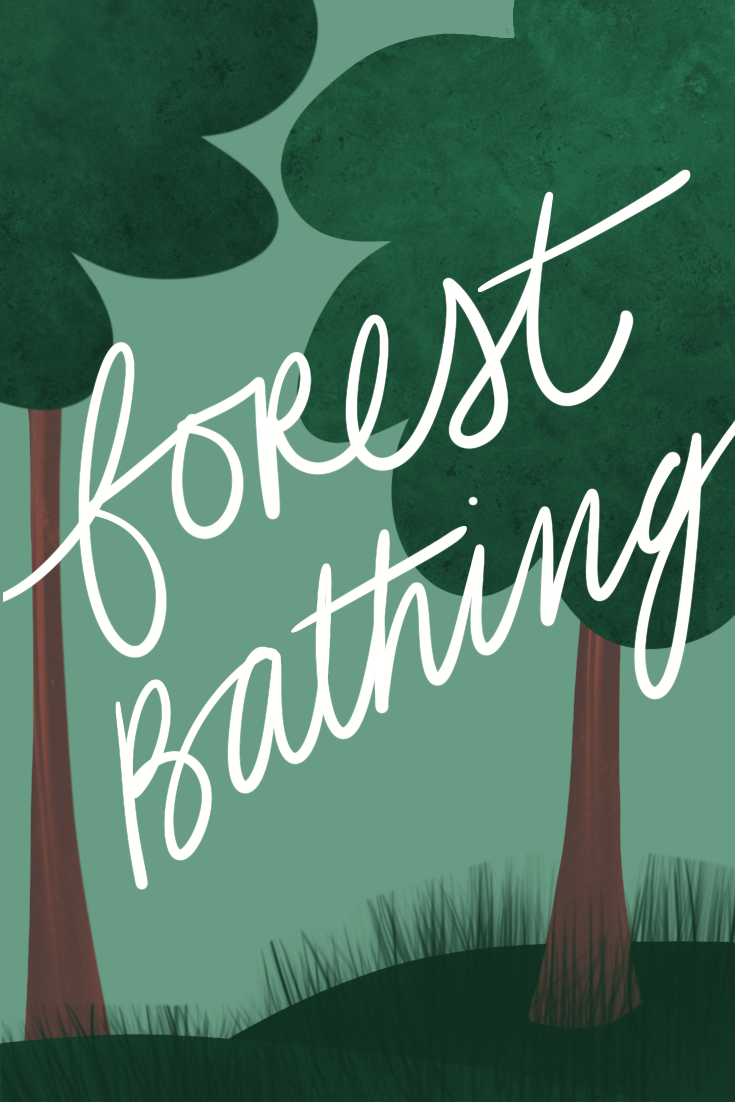Sarah Guerrero
Sarah Guerrero is a freelance writer and contributor to Slow North. She has a degree in international business from St. Mary’s University in San Antonio, Texas, and writes about sustainable business practices and ethical living.



I am a literal tree hugger. I've embarrassed my husband multiple times when he's found me with my arms around a massive oak or a towering cypress. But I can’t help myself; when I feel the texture of the tree beneath my fingertips, I sense its age and its steadiness and its wisdom, and something inside of me lifts.
I remember to breathe again--something I seem to forget when I spend my days at my desk, hunched over my laptop. As it turns out, tree hugging is a kind of Japanese practice known as forest bathing.
Shinrin-Yoku
The term “forest bathing" comes from the Japan phrase shinrin-yoku. Shinrin means “forest” and yoku means “bath.” Forest bathing isn’t about soap and water; it’s about immersing oneself in nature. The term is only forty or so years old, but as we’ve become increasingly immersed in--and affected by--modern technology, the Japanese experiment has taken on a new urgency.
Qing Li, author of Forest Bathing, says “the key to unlocking the power of the forest is in the five senses.” Li encourages forest bathers to “drink in the flavor of the forest and release your sense of joy and calm.”
 Photo by Dan Meyers
Photo by Dan Meyers
What’s Your Forest Intention?
You can approach forest bathing with intention, or you can approach it with the intention of having no intention. In other words, you can take activity into nature: hiking or walking, exercise, or swimming, or you can go into nature with no plans whatsoever, letting your heart and feet take the lead.
Li’s approach to forest bathing emphasizes a kind of mindfulness, leaving your phone and other technology off so you can focus on your senses: what you hear, see, smell, taste, and feel. In some places in Japan, you can even hire guides to walk with you and facilitate your experience.
 Photo by Annie Spratt
Photo by Annie Spratt
How Forest Bathing Changes Us
Proponents of forest bathing point out that until very, very recently in history, humans spent almost all of their time outside. We seem to be biologically conditioned to be outside, and the more time we spend in nature, the lower our blood pressure, the calmer our anxiety, and the happier our moods.
If you can’t get to a forest, you can probably get to a park. If you can’t get to a park, you can probably get to your backyard. If you can’t get to a backyard, maybe you can get to an indoor plant or a few potted plants on a balcony! Even--in a real pinch--a video of a forest or nature can be a salve to anxiety or depression.
There aren't many forests where I live, but that's ok. Forests aren't the point of forest bathing; nature and outside and the great outdoors are the point. I’ll remember that the next time I hug a tree.

Featured collection